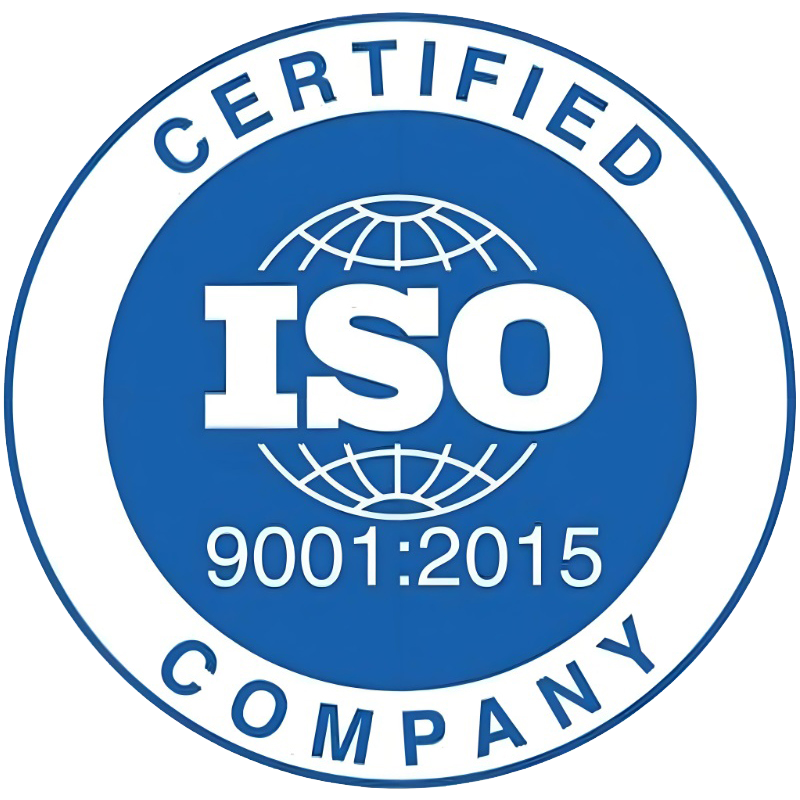What are the classifications of welding robotic arms
Release time:
2024-10-05
1、 According to their purposes, welding robots can be divided into two types: specialized robots and general-purpose robots
1. A specialized welding robotic arm is a mechanical device belonging to the auxiliary host, which has a fixed program but no independent control system. Specialized welding robotic arms have the characteristics of few movements, single working objects, simple structure, controllable use, and relatively low cost, making them suitable for large-scale automated production. Such as automatic machine tools, automatic online loading and unloading welding robotic arms, and so on.
2. The universal welding robotic arm is a type of robotic arm with an independent control system, variable programs, and flexible and diverse movements. The program can vary in terms of specifications and performance range, and can be applied in different situations through adjustments. For example, the robotic arms produced by OTC welding machine companies can be adjusted for handling, welding, and other work. Its characteristics are large working range, high positioning accuracy, and strong universality, suitable for automated production of small and medium-sized batches with constantly changing production varieties.
2、 Divided by driving mode
1. As the name suggests, a hydraulic transmission robotic arm is a mechanical arm device that uses hydraulic pressure as the driving force to execute the movement of the mechanism. Its characteristics are: willing to reach a weight of over 100 kilograms, smooth transmission, compact structure, and sensitive movements. But the requirements for the sealing device are very strict.
2. Pneumatic transmission manipulator is a mechanical arm that drives the actuator by compressing air. Its main characteristics are: the medium is convenient as the source, and the output force is small, the pneumatic action is fast, the structure is relatively simple, and the cost is low. However, its disadvantage is that due to the compressibility of air, the stability of working speed is poor, the impact is large, and the grabbing weight is generally around 30 kilograms due to the low air source pressure. Compared to hydraulic transmission manipulators, pneumatic transmission manipulators are more suitable for working in high-speed, light load, high temperature, and dusty environments.
3. Mechanical transmission manipulator is a mechanical arm device driven by a mechanical transmission mechanism. It is a specialized robotic arm attached to the working machine, and its power is mainly transmitted by the working machinery. The main characteristics are accurate and reliable movement, high frequency of movements, but large structure, and immutable movement program. Often used for loading and unloading materials on work hosts.
4. Electric transmission manipulator is a type of manipulator with a special structure, which is driven directly by an induction motor, linear electromechanical or power stepping motor to move the actuator. Because there is no need for a conversion mechanism in the middle, the mechanical structure is relatively simple. The linear motor robotic arm has fast operating speed and long stroke, and is very convenient for maintenance and use.
Application of 3D flexible wel
2024-11-19
The three-dimensional flexible welding platform achieves precise welding of comp
Learn More +What kind of workpiece is suit
2024-10-05
Firstly, the workpiece standardization robot follows a fixed route, and if the workpiece is not standardized, the robot will weld off center.
Learn More +





